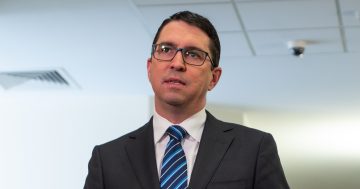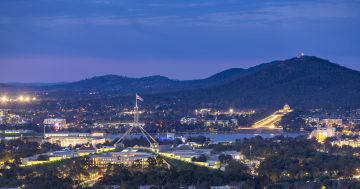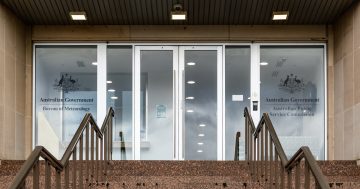Mia Hunt* says while the majority of Public Servants worldwide currently work from home at least part of the time, many Governments are calling for bureaucrats to return to offices as COVID-19 restrictions lift.
 More than three quarters (78 per cent) of Public Servants around the world are working remotely at least part of the time, as the COVID-19 pandemic prompts long-term changes to the future of work.
More than three quarters (78 per cent) of Public Servants around the world are working remotely at least part of the time, as the COVID-19 pandemic prompts long-term changes to the future of work.
A survey by the Global Government Forum, which ran between 26 January and 19 February, gathered nearly 4,000 responses from Government workers in 10 countries.
It found that 48 per cent of those surveyed worked remotely full time while a further 30 per cent worked a mixture of remotely and on-site. Only 22 per cent of respondents worked solely on-site.
Canada had by far the highest percentage of Government employees working away from the office at 70 per cent, while 19 per cent have a hybrid working arrangement.
However, these figures may soon change after the Canadian Government issued guidance earlier this month on bringing thousands of Public Servants back to offices.
President of the Canadian Treasury Board, Mona Fortier said Departments would reintroduce staff to offices in incremental phases to ensure compliance with the Provinces’ individual plans to lift COVID-19 restrictions.
She said it would also give employees time to reorganise their work lives around childcare and other commitments.
“It is my expectation that organisations will continue to be agile and demonstrate flexibility as necessary in their planning to align to the evolving public health context,” Ms Fortier said in a statement.
The survey found the United States Government had the second highest number of fully remote working staff at 47 per cent, with a further 25 per cent splitting their time between telework and working on-site.
Earlier this month President Joe Biden set out his Administration’s plan for Federal employees to return to workplaces as part of an effort to widen the number of in-person public services available through Agencies.
“Federal Agencies will lead by example, increasing the hours public-facing offices are open for in-person appointments and in-person interactions in the month of April,” the White House said.
Of the 10 countries surveyed — Canada, the US, United Kingdom, New Zealand, Italy, Mexico, Australia, the Dominican Republic, Brazil, and Colombia — Italy had the smallest proportion of Public Servants working remotely full time, at one per cent, and the second-lowest proportion working a hybrid model.
However, the country had a much higher percentage of respondents working in front-line roles, including health and social care and education, than the other countries surveyed, which may explain this result.
The Dominican Republic had the second smallest percentage of remote working public sector employees (two per cent) and the highest number of staff working solely on-site (86 per cent).
When it comes to the number of staff working a hybrid arrangement, New Zealand tops the list, at 64 per cent.
In the UK, 31 per cent of respondents worked remotely full time, 21 per cent worked fully on-site, and 48 per cent a mixture of the two.
Ministers have criticised Public Servants for ongoing remote working, despite many Departments having been working towards flexible working arrangements since long before the pandemic.
Chancellor of the Duchy of Lancaster in the UK Cabinet Office, Steve Barclay said the Public Service should “move away from a reliance on video meetings and get back to the benefits of face-to-face, collaborative working”.
There was a “clear Ministerial expectation” that Public Servants would return to pre-COVID office arrangements at the earliest opportunity, he said.
Around the same time, Chief Operating Officer of the UK Public Service, Alex Chisholm wrote to leaders across Whitehall asking them to support a significant and swift return of staff to the workplace.
The survey shows that the Australian Public Service had the third highest number of employees working remotely full time, at 40 per cent, while 45 per cent worked both in workplaces and at home.
This too is likely to change soon. Deputy Secretary Governance in Australia’s Department of Prime Minister and Cabinet, Stephanie Foster told Global Government Forum in January that the Public Service’s focus was to bring officials back to offices where it was safe to do so.
“Returning to face-to-face working in offices around the country is an important part of Australia’s return to normal and is the expectation for all of Australia’s Public Servants,” Ms Foster said.
“We aim to retain some of those flexible working practices in a sustainable way — attracting and retaining a diversity of talent, while maintaining the elements that keep our workforce productive, support wellbeing and nurture a sense of connection.”
*Mia Hunt is a journalist and editor with a background in covering commercial property.
This article first appeared on the Global Government Forum website.










